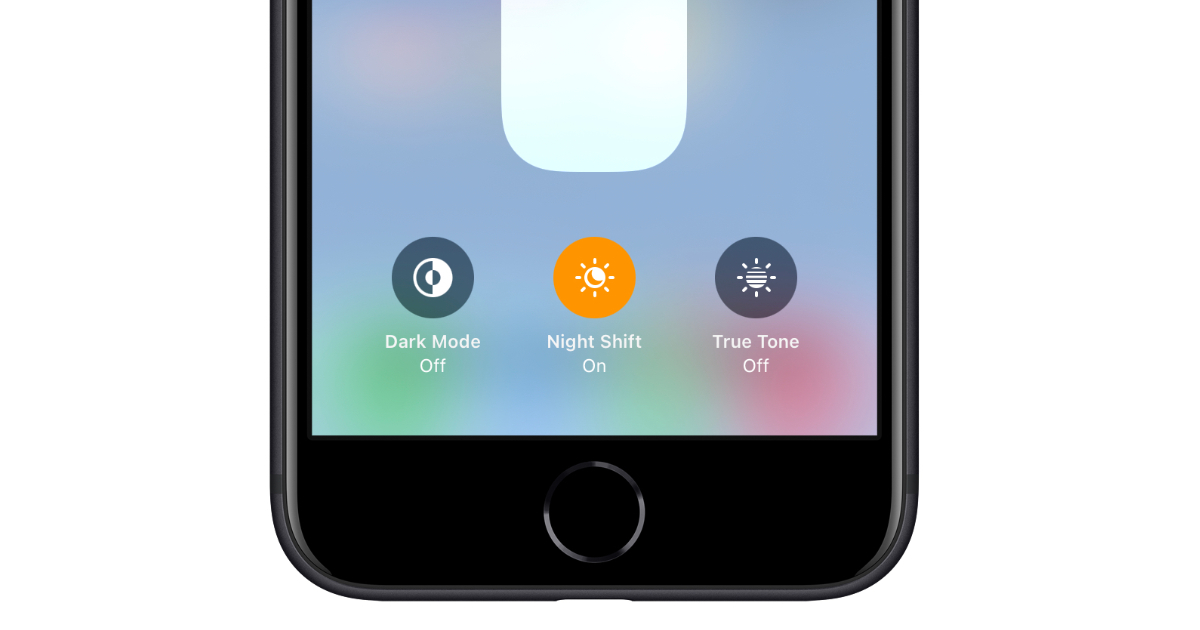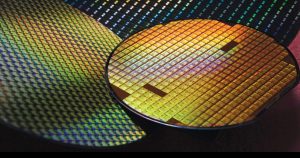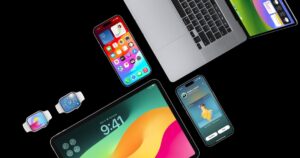A new sleep study from Brigham Young University looking into how blue light emitting from smartphones suggests that features like Apple’s Night Shift might not help improve users’ sleep quality at all.
Apple first introduced Night Shift as part of the iOS 9 update. The feature is designed to make iPhone screens warmer during the evening by reducing the blue light emitted by the display. This is supposed to help with sleep because blue light stimulates the brain and can trick you into thinking it’s daytime – so reducing the amount of blue light emitted by a display should help you fall asleep faster. However, a new study from BYU and published in Sleep Health suggests Night Shift may not be all that helpful.

Study shows iPhone ‘Night Shift’ does not improve quality of sleep
To test the effectiveness of Night Shift, psychology professor Chad Jensen and researchers from the Cincinnati Children’s Hospital Medical Center compared the quality of sleep of people who used and did not use Night Shift when using their smartphone. A third of the participants did not use their devices at all. The study consisted of 167 participants between 18 and 24 years old who use cell phones daily.
“Participants were randomly assigned to one of three conditions specifying iPhone use during the hour preceding bedtime for seven consecutive nights: iPhone use with Night Shift enabled; iPhone use with Night Shift disabled; and no phone use.”
In terms of the procedure, participants were ordered to spend at least eight hours in bed each night, and wear an accelerometer on their wrist so that their sleep activity could be recorded. Researchers measured sleep quality, total duration, the time it took to fall asleep, and how soon participants woke up again after falling asleep.
The results revealed that the three groups with different conditions all had the same quality of sleep with Night Shift having no impact on the participants at all. The only way to get better sleep quality was not to use a device at all before going to bed, the study shows.
“Across our full study sample, there were no differences in sleep outcomes attributable to Night Shift. For individuals who regularly obtained adequate sleep, abstaining from screen use resulted in better quality sleep than did phone use with Night Shift enabled.”
In conclusion, blue light is only one factor that may create difficulty in falling asleep, and it is important to note that stimuli such as texting, scrolling, and watching videos can also have an impact on sleep outcomes.
“While there is a lot of evidence suggesting that blue light increases alertness and makes it more difficult to fall asleep, it is important to think about what portion of that stimulation is light emission versus other cognitive and psychological stimulations,” said Jensen.
If you are looking to improve your sleep quality or duration, shutting your electronics off before bed might be your best bet. The full sleep study can be found here.
Read More:


